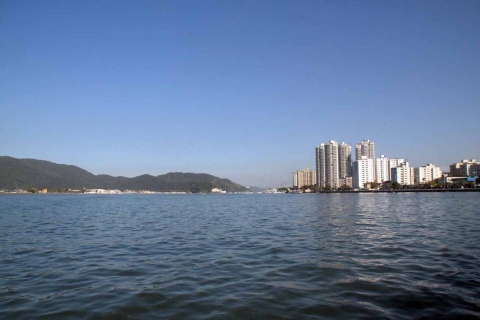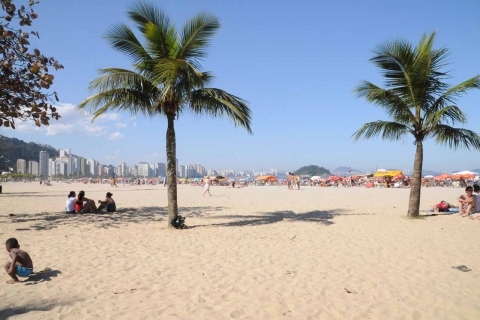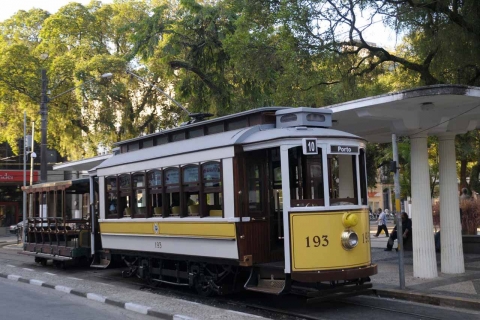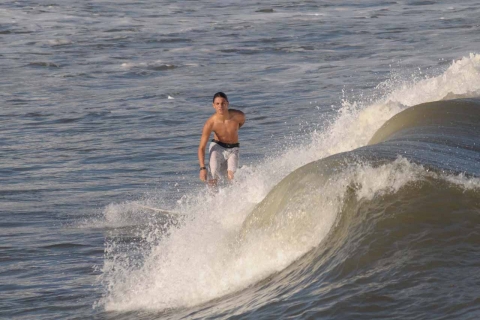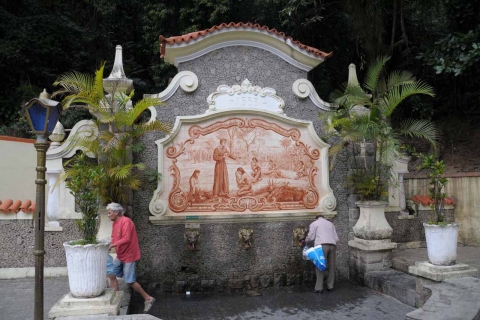Santos, only 70 kms from São Paulo, it is the most important harbor and largest in Southern America. The city is one of the oldest in Brazil, it was founded in in 1546 by Portuguese and today it has more than 400,000 habitants, the metroplitan area has nearly 1.5 million.
The city of Santos is on the island São Vicente and divides the area together with the city of São Vicente. Before the urbanization there were mangroves and Mata Atlântica (atlantic rain forest) reaching to the beaches. Today there is only vegetation left on the islands and outside the city (see photos).
From Santos passenger ships leave daily for trips along the Brazilian coast, but also to Argentina and Fireland.
Not only a city of trade, Santos has a lot to offer to tourists: beaches, the historic center with its tram, the coffee museum, the aquarium, the Cathedral de Santos, the botanic garden, the Monte Serrat with a terrific view of Santos and much more. Unfortunately the ocean is not very clean here as in every large city at a coast. But still many people go swimming, surfing or diving, make a tour by a schooner.
At the beach there are many buildings, mainly with apartments of Brazilians from the interior that spend their vacations or holidays at the coast.
There are many small cities with beaches nearby, so Santos is a good place to start discovering the coast, it is the city offering most of history and culture.
São Vicente
São Vicente was the first permanent settlement in the Americas. 1532 the first proper village was established by Martim Afonso de Sousa (the first Royal Governor of Brazil) and the first democratic city council of the Americas was elected. It is called the Mother Cell of Brazil. São Vicente was an important place of trade with slaves, today it lives of tourism.
Since 1914 there exists a bridge to the mainland, leading to the city Praia Grande (“big beach”). The font Biquinha de Anchieta (photo above) was one of the main fonts of drinking water for the inhabitants for centuries. Still today people go there for water. Beside it there is a sculpture of the jesuit priest Anchieta who drank its water and christianized the indios.
Gallery

